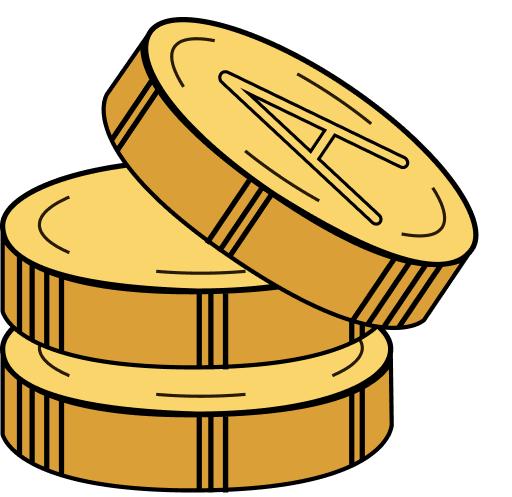DS Token
DS Token is focused on making the production of various precious metals cheaper and easier.
Contents
Tokens
DS Token project token is directly related to the silver resource. It contributes to the solution of many problems: problems of quantity of production, technology development, quality inspection, assessment time. This can allow efficient sales and development based on pre-orders.
Security
Smart contracts and inspections of products, which are used in DS Token, provide credibility and a preliminary verification of the ordered product. By evaluating the mining of precious metals using in various industries, it can enable the development of efficient use of resources that are spent to manufacture anything. It can also protect against frequent speculative actions in relation to the resale of precious metals.
Decentralization
In a traditional centralized network, an effective attack on a central node, for example, from a third-party payment, can destroy the system. But DS Token uses a decentralized network blockchain. The whole network is impossible to destroy. The point of creating a network are not in the same place, but in many places. Blockchain technology has implemented bilateral transactions involving multiple ecosystems in order to maintain the efficiency of trust transfer and reduce transaction costs leading to the formation of a trust ecosystem. Different activities in the network depend on initiation and development in the context of information asymmetry and uncertainty.
The blockchain system in DS Token works on a one-way hash algorithm. Each new block created is put forward in strict accordance with the sequence of time. This creates a huge difficulty in hacking and intrusion for data tampering of information on the blockchain.
Blockchain ecosystem
- business network. DS Token creates a mutual framework that covers all market participants. Consensus agreement for all participants.
- smart contracts. Digital content that replaces the usual signing of contracts. Integration into the blockchain. Execution of the transaction for each user. Written in an open programming language, digitally signed-factors ensure the mandatory reliable execution of all contracts. This will help to avoid falsification, refusal or breach of contract.
- privacy. All records are protected by hash algorithm, encryption and personal signature.
- user own unique ID number and own link. The ID is not directly associated with the transaction. Each transaction is validated.
- general registers. All transactions on the Internet are recorded. Each piece is saved and shared between the participants and each has its own independent and complete copies of the stored data.
- proof of work. A consensus algorithm can ensure that each copy is consistent. This is done in order to reduce the risks of counterfeit transactions. Technologies are agreed between all participants, for each participant verification is carried out. Verification is proof of the authenticity of a person. By the way, everyone can configure the rules of transaction verification.
- the principle of cryptography. The dissemination of information is based on asymmetric digital encryption technology of public and private keys to ensure mutual trust between traders. During implementation, when information is encrypted
- in a public or private key, users can only decrypt it with another key. This ensures a high level of security for everyone.
ICO
ICO is divided into 4 groups: Stages A, B, C, D. At the moment, more than 50 million DST tokens are collected.














 Twitter
Twitter
 Telegram
Telegram
